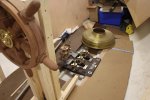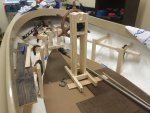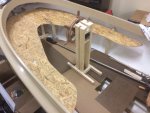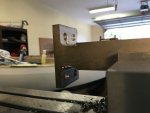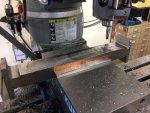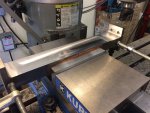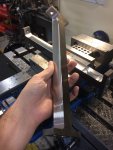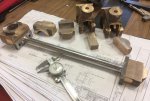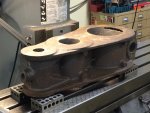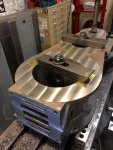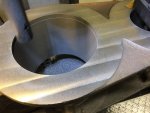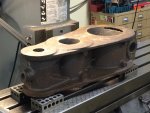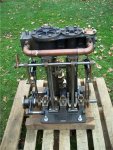seikeinlemming
Petty Officer 2nd Class" & 2020 Splash of the Year
- Joined
- May 23, 2011
- Messages
- 140
No Title
The elves have been busy working through the night (2 am? And no fingers are on the workshop floor!). Last night I started building out the aft bench seat and steering wheel pedestal to decide height/location of these items. Obviously this will all be rebuilt, but before we go slicing up mahogony to figure out something doesn't work, it seemed best to frame it out of cheap studs and flakeboard from Lowe's. When the template is complete we will be able to walk/sit on everything.
In the second photo you can see the positioning of the wheel, steam engine, and boiler (round brass cap sitting on far side of the engine base). Right now everything is in the designer-suggested location for these items, but we will move them slightly as necessary.
Past the boiler you will see a blue cooler. This will be the location of an additional U-shaped bench, yet to be designed.
The elves have been busy working through the night (2 am? And no fingers are on the workshop floor!). Last night I started building out the aft bench seat and steering wheel pedestal to decide height/location of these items. Obviously this will all be rebuilt, but before we go slicing up mahogony to figure out something doesn't work, it seemed best to frame it out of cheap studs and flakeboard from Lowe's. When the template is complete we will be able to walk/sit on everything.
In the second photo you can see the positioning of the wheel, steam engine, and boiler (round brass cap sitting on far side of the engine base). Right now everything is in the designer-suggested location for these items, but we will move them slightly as necessary.
Past the boiler you will see a blue cooler. This will be the location of an additional U-shaped bench, yet to be designed.
Attachments
Last edited:




















